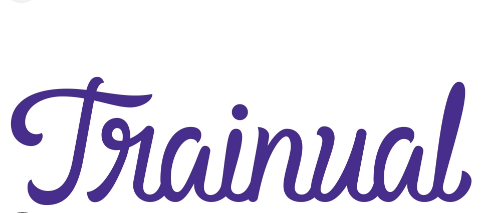Leverage AI to Mitigate Fraud Using Document Verification Service

Document verification service is the process of authenticating the identity of customers using government-issued IDs, passports, driver’s licenses, etc. It ensures the customers are who they say they are, thus, mitigating identity theft and fraud. Despite the enforcement of Know Your Customer (KYC) and Anti-Money Laundering (AML) policies, theft cases are on the rise. In 2023 alone, Federal Trade Commission clocked a total of 5.7 million fraud reports. This could only mean one thing, a newer and more robust document verification service is required. Fortunately, technological advancements enable the industry to harness the breakthrough power of AI in this regard. This post discusses the importance of online document verification, the types of document fraud, and how AI can curb these activities.
Significance of Document Checking
Although document checking helps in customer service and retention, its two primary uses are regulatory compliance and mitigation of fraud. Since Covid, the world is rapidly moving towards contactless solutions. Users are rushing towards e-services such as online banking and payment channels. Even though they provide ease to the larger customer base, criminals can exploit them for money laundering and hacking. In 2020 alone, identity fraud caused a loss of $16.9 billion.
Moreover, these are just the monetary stats, but identity theft can cause sexual, racial, and gender-related issues as well. Keeping this in view, international and local authorities enforce regulations to keep a check on illicit activities. For instance, AML and KYC procedures are prime examples of these policies. Therefore, it falls on the document verification service to identify any forgeries and wrongdoings to ensure compliance. Overall, document verification service is not just a compliance solution; it helps the business as a whole.
Types of Document Fraud
Due to the digitization of the banking and finance sector, they now face two persistent challenges. Firstly, hackers exploit the system through countless forms of document fraud. Secondly, customers demand a safe and smooth experience despite the burden on banks. Here’s an overview of the fraud types that the document verification service has to face:
Altered Documents:
As the name suggests, altered or modified documents are original documents that criminals change for their wrongdoings. Identifying them can be more challenging for a document verification service since they possess certain original security features.
- Forgeries – Fraudsters and criminals gather a few original documents and change their vital information to conduct fraud. For this purpose, they sometimes use pages, stamps, and even watermarks from multiple documents to create a forgery.
- Stolen Documents – A rising form of document fraud involves blank documents. To understand this, picture the warehouse where the governments and arthritis store blank documents for future use. However, if a criminal gets their hands on them, they can forge as many altered documents as they want. Furthermore, since the document started as original, a traditional document verification service might struggle to catch it.
Unauthorized Documents:
As discussed, altered documents start from an ‘original’ state. However, technological advancements now allow criminals to make fake documents altogether. What’s more, there are now techniques to mimic government-issued security features as well.
- Counterfeit – Even though a traditional document verification service can be quite alert, it cannot keep up with the innovative ways of modern hackers. Some criminals can make a document from scratch, making them extra dangerous.
- Camouflage – Among all document types discussed here, these are by far the easiest ones to catch. As the name suggests, camouflage documents hide fake data with original data. The phony part may include information that does not belong on a specific paper. Therefore, this error makes them the easiest to catch.
Role of AI in Document Verification
During the onboarding process, banks and other organizations require customer identification documents. In the case of digital onboarding, the customer provides scans of IDs for a document check. However, as mentioned above, numerous types of document fraud now exist. Add to that the rising number of customers, it becomes near impossible for the banks to keep up with the demand. The organization would need to hire many human resources to solve these issues, resulting in a massive expense.
On the other hand, an AI-based document verification service provides a solution to these issues in a seamless package. The AI automatically extracts the information from the papers during the document verification process. Then, it matches the data from different papers to ensure coherence and data integrity. The process can also involve scanning for security features. Finally, the AI searches the data on authorized databases to verify the customer is not listed on any blocklist.
Final Take: AI-Based Document Verification Service
A document verification service can be tough on the business and genuine customers. However, it does not need to be the troublesome process it was in the olden days. The world is witnessing a digital dawn headed by AI. Organizations need to replace their traditional solutions with AI-powered ones to be a part of this revolution.




